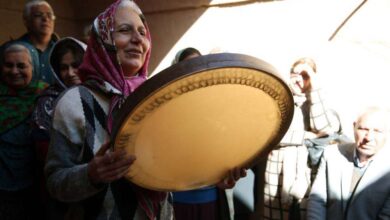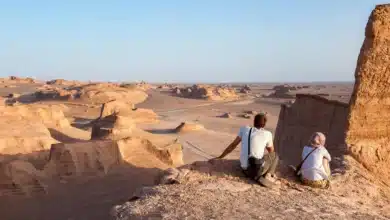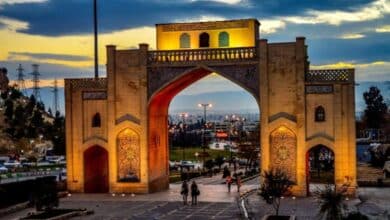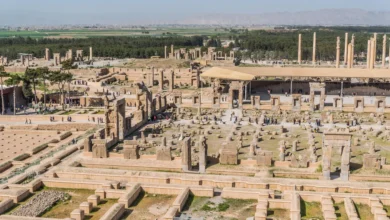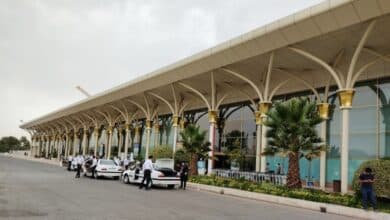How to Travel to Iran: The Ultimate Guide for International Travelers
How to Travel to Iran: Essential Guide for First-Time Visitors
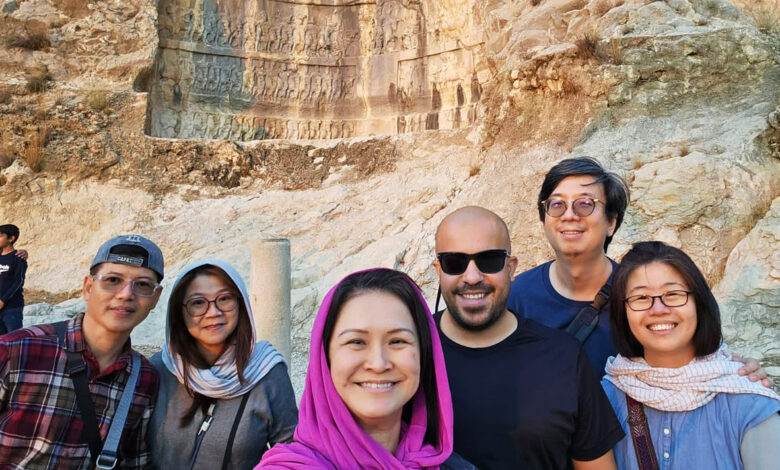
How to Travel to Iran: a land where ancient history and modern culture seamlessly intertwine, is rapidly becoming a top destination for international travelers. With its breathtaking landscapes, captivating heritage sites, and hospitable locals, Iran offers a unique travel experience. However, traveling to Iran can seem daunting for first-time visitors due to the country’s complex visa requirements, cultural norms, and diverse geography. This expert-level guide on how to travel to Iran provides essential information, travel tips, and expert advice to help you navigate the process and make the most of your visit to this extraordinary country.
By the end of this article, you’ll be well-prepared to visit Iran with confidence, knowing exactly what to expect and how to make the most of your journey.
Contents
Visa Requirements for Iran: How to Get Your Iran Visa
One of the first things to consider when planning a trip to Iran is how to obtain a visa. Iran’s visa policies are straightforward, but there are some important things you need to know before applying.
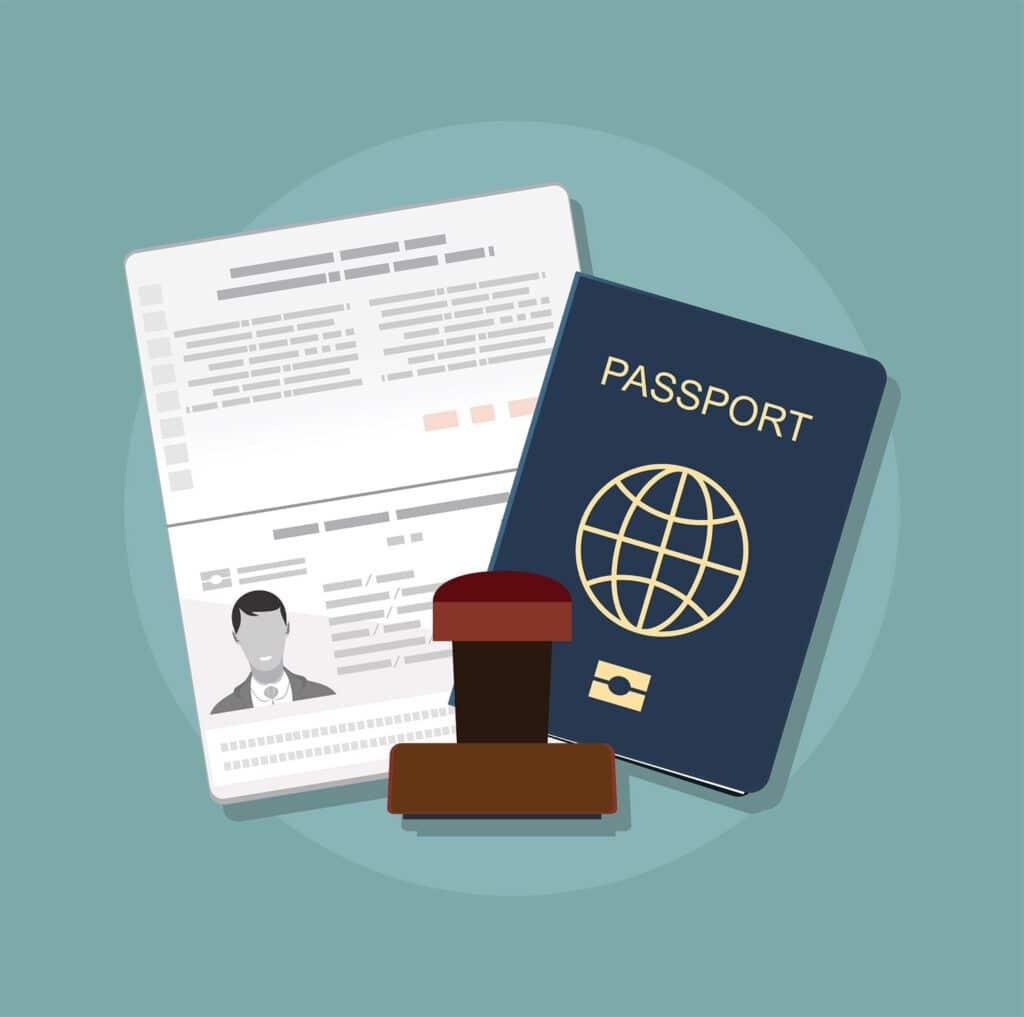
1. Iran Visa on Arrival (VOA)
Many international travelers are eligible for a Visa on Arrival (VOA) at major Iranian airports, including Tehran’s Imam Khomeini International Airport, Isfahan, and Shiraz. Travelers from over 180 countries can apply for the VOA, which allows them to stay in Iran for up to 30 days.
However, keep in mind the following requirements for a VOA:
- Passport validity: Your passport must be valid for at least 6 months beyond your intended stay in Iran.
- Proof of onward travel: You must show proof of onward travel, such as a flight booking to another country.
- Visa fee: The cost of a VOA varies depending on your nationality but typically ranges from $50 to $100 USD.
2. Iran E-Visa: A Convenient Option
For those who prefer to get their visa before arrival, Iran also offers an e-visa application process. This online system allows you to submit your application, pay the visa fee, and receive approval before traveling. The e-visa is processed within 5 to 10 business days and is available to most nationalities. Apply for your Iran e-visa through Iran’s Ministry of Foreign Affairs website.
When planning how to travel to Iran, it’s crucial to familiarize yourself with the local customs and etiquette to ensure a respectful visit.
3. Multiple Entry Visas
If you plan on traveling to Iran multiple times within a short period, it may be beneficial to apply for a multiple-entry visa. This type of visa allows you to enter and exit Iran multiple times within a set period.
For comprehensive visa assistance and to explore all visa options, visit Iran Visa Services.
When to Visit Iran: Best Time to Travel
The best time to visit Iran largely depends on the region you’re traveling to and the kind of experience you’re looking for.
Spring (March to May): Ideal for all regions, with mild temperatures perfect for sightseeing in cities like Isfahan, Tehran, and Shiraz, as well as visiting the stunning Persian gardens.
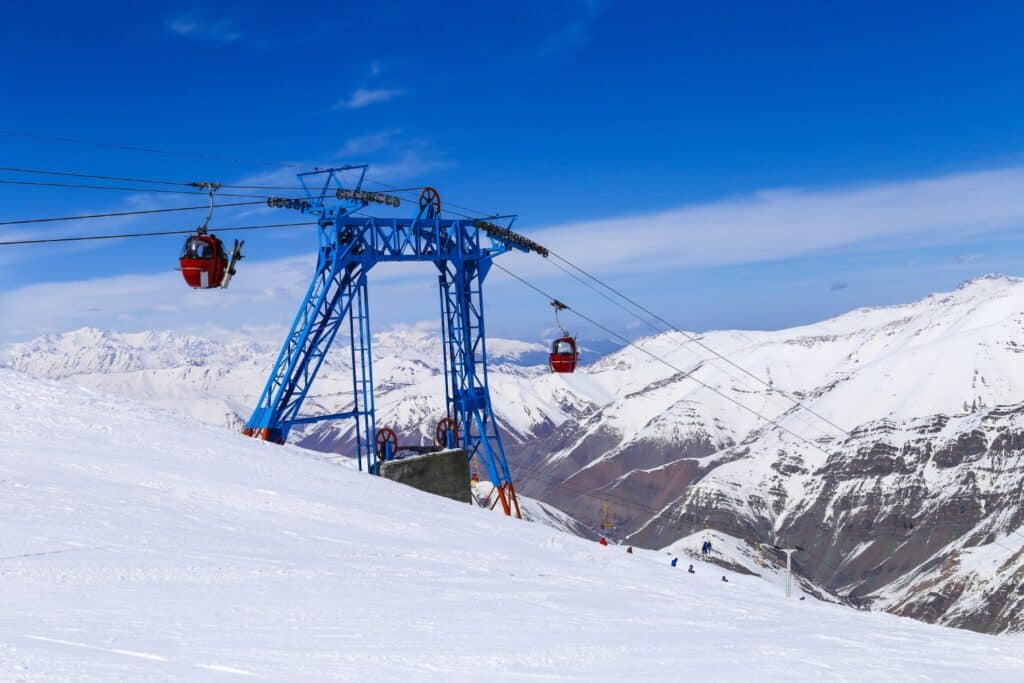
Before you embark on how to travel to Iran, make sure to check the latest travel advisories and safety tips for a smooth experience.
Summer (June to August): Temperatures can soar above 40°C (104°F) in central and southern Iran, including cities like Yazd and Kerman. While summer isn’t ideal for desert travel, it’s perfect for a visit to Iran’s northern regions, such as the Caspian Sea coast, where the climate is cooler.
Autumn (September to November): The weather is similar to spring and is arguably the best time to visit, with pleasant temperatures throughout the country. The fall foliage in the northern regions, especially in the Alborz Mountains, offers breathtaking views.
When considering accommodations, research hotels or guesthouses that enhance your experience on how to travel to Iran.
Winter (December to February): Winter is an excellent time for skiing in the Alborz and Zagros mountains, where resorts such as Dizin and Shemshak are popular. However, the desert regions and southern parts can be cold and less comfortable for sightseeing.
One of the best ways to understand how to travel to Iran is to connect with fellow travelers who have shared their experiences and insights.
Top Tourist Destinations in Iran
Iran is home to some of the world’s most spectacular historical sites, breathtaking natural landscapes, and culturally rich cities. Here are the top destinations to visit in Iran:

1. Persepolis: The Heart of Ancient Persia
Learning basic Persian phrases can significantly improve your experience on how to travel to Iran, as it shows respect and willingness to engage with the culture.
How to Travel to Iran: Essential Tips for Your Journey
Persepolis, the ancient ceremonial capital of the Persian Empire, is one of the most significant historical sites in Iran. Founded by Darius I in 518 BC, Persepolis was the grand center of the Achaemenid Empire. Visitors can explore the massive stone ruins, including the Gate of All Nations, the Apadana Palace, and the imposing tombs of Persian kings. Persepolis is located near the city of Shiraz, which is also home to other cultural attractions like the Nasir al-Mulk Mosque and the Tomb of Hafez.
2. Isfahan: The Jewel of Iran
Isfahan, known for its stunning Islamic architecture, is often considered the most beautiful city in Iran. The city is famous for Naqsh-e Jahan Square, a UNESCO World Heritage site, which is surrounded by magnificent mosques, palaces, and gardens. Don’t miss the Shah Mosque, Ali Qapu Palace, and the historic Si-o-se-pol Bridge. Isfahan is also renowned for its traditional handicrafts, including carpets and miniature paintings.
3. Yazd: The Desert City of Iran
When considering how to travel to Iran, it’s also important to know what to pack for your journey to ensure comfort and respect for local customs.
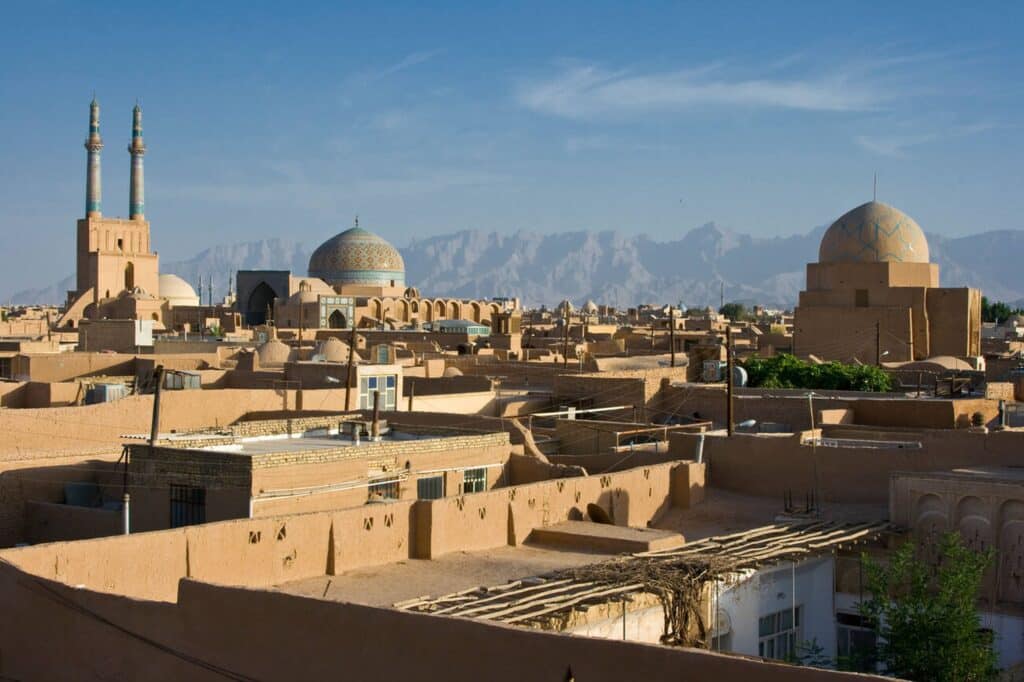
Yazd is an ancient desert city known for its unique architecture and the preservation of Zoroastrian heritage. The city’s historic wind towers (badgirs), narrow alleyways, and mud-brick buildings create a picturesque atmosphere. Key attractions include the Zoroastrian Fire Temple, the Jameh Mosque, and the Amir Chakhmaq Complex.
4. Tehran: A Modern Capital with Rich History
Tehran, Iran’s bustling capital, is a mix of old and new. While you’re there, visit the Golestan Palace, Tehran National Museum, and the vibrant Grand Bazaar. For panoramic views of the city, head to the Tochal Cable Car in the Alborz Mountains. Tehran also offers modern attractions, including shopping malls, art galleries, and international dining options.
5. Shiraz: The City of Poets and Roses
Shiraz is famous for its poets, gardens, and stunning Islamic architecture. The city is home to the famous Nasir al-Mulk Mosque, known for its stained-glass windows, as well as the Tomb of Hafez and the Eram Garden. It’s also the gateway to Persepolis.
How to Get Around in Iran: Transportation Tips
Iran offers a variety of transportation options, making it easy for travelers to explore the country. Whether you’re traveling between cities or getting around within major urban centers, here are your options:
As part of how to travel to Iran, consider participating in local tours that offer unique insights into Iranian culture and history.
1. Domestic Flights:
Iran has a well-established domestic air travel network. Airlines like Iran Air, Mahan Air, and Aseman Airlines offer flights between major cities, making air travel a convenient option for long distances. Flights are affordable, and booking in advance can help you secure the best rates.
2. Trains:
Iran boasts an extensive railway network that connects major cities. Train travel in Iran is comfortable and scenic, making it an excellent option for exploring the country at a leisurely pace. The trains from Tehran to Shiraz, Isfahan, and Mashhad are popular among tourists.

3. Buses:
Before traveling, it’s beneficial to read travel blogs and guides on how to travel to Iran, which can provide valuable first-hand accounts.
Understanding the transportation options available is crucial when learning how to travel to Iran efficiently.
Iran has a highly efficient bus system, with several bus companies offering comfortable services across the country. Buses are an affordable and practical option for travel between cities, especially to remote areas.
4. Taxis and Ride-Hailing Apps:
Make sure to experience local cuisines, which are an essential part of how to travel to Iran and enjoy the country’s rich culinary heritage.
Finally, understanding how to travel to Iran includes knowing how to budget effectively for your trip, ensuring you can enjoy all that this amazing country has to offer.
Taxis are widely available in Iranian cities. For more convenience, consider using ride-hailing apps like Snapp and Tap30, which operate similarly to Uber and are widely used in Tehran and other major cities. These services are reliable and easy to use.
For more details on booking transportation, visit Iran Train and Bus Services.
Cultural Etiquette: Respect the Local Traditions
Understanding and respecting the local culture is essential when visiting Iran. Here are some cultural tips to help you navigate the country with ease:
1. Dress Modestly
Iran has a strict dress code, particularly for women. All women are required to wear a headscarf (hijab) in public, covering their hair, neck, and shoulders. Additionally, both men and women should wear loose-fitting clothing that covers their arms and legs.
2. Greetings
Iranians greet each other with a handshake or a slight nod of the head. It’s considered polite to show respect for local customs and traditions. Public displays of affection are not common in Iran, so avoid hugging or kissing in public.
3. Alcohol and Smoking
Alcohol is prohibited in Iran for both locals and foreigners. It’s important to respect local laws and avoid consuming alcohol during your visit. Smoking is common in public places, but be mindful of designated smoking areas in restaurants and public spaces.
4. Ramadan Etiquette
With these tips on how to travel to Iran, your journey will be more enriching and memorable.
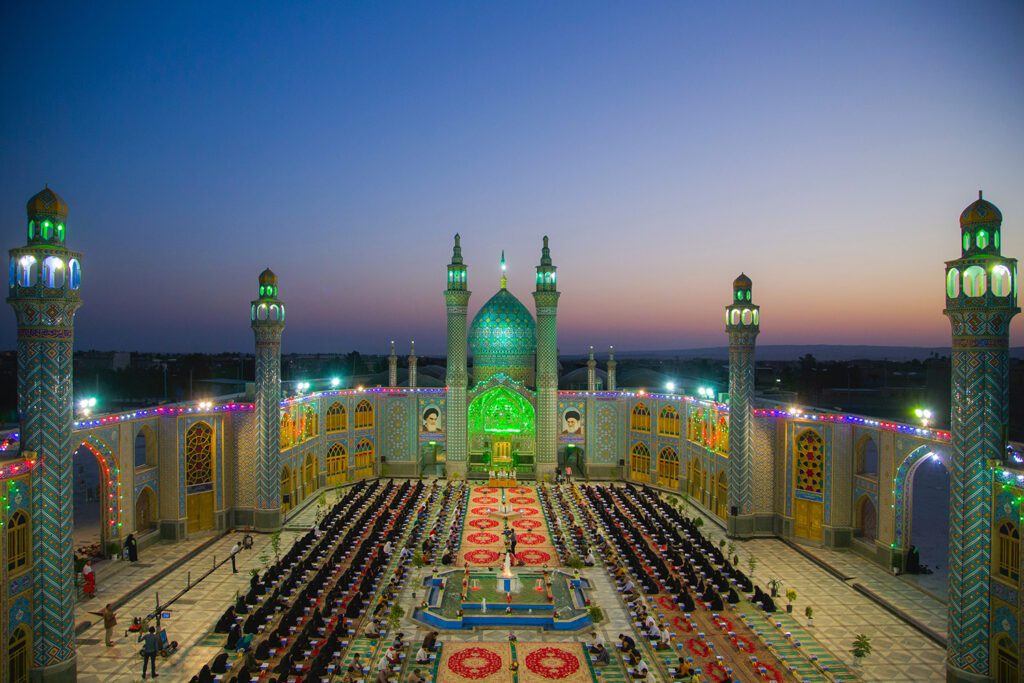
If you visit Iran during Ramadan, the Islamic holy month of fasting, be aware that Muslims fast from sunrise to sunset. While you’re not required to fast, it’s respectful to avoid eating, drinking, or smoking in public during the daylight hours.
Conclusion: Plan Your Trip to Iran with OrientTrips
Iran offers an extraordinary travel experience for those seeking history, culture, and adventure. From ancient ruins and Islamic architecture to breathtaking natural landscapes and vibrant cities, there’s no shortage of incredible sights to explore. By preparing for your trip with the right visa, understanding cultural norms, and knowing how to get around, you’ll be ready to embark on an unforgettable journey.
At OrientTrips, we make your trip planning easy with a range of travel services, including flight bookings, hotel reservations, and visa assistance. Explore our website today to learn more about Iran travel services and begin your adventure!
Ready to plan your trip to Iran? Book your flight to Iran and discover the best hotels for your stay here.
